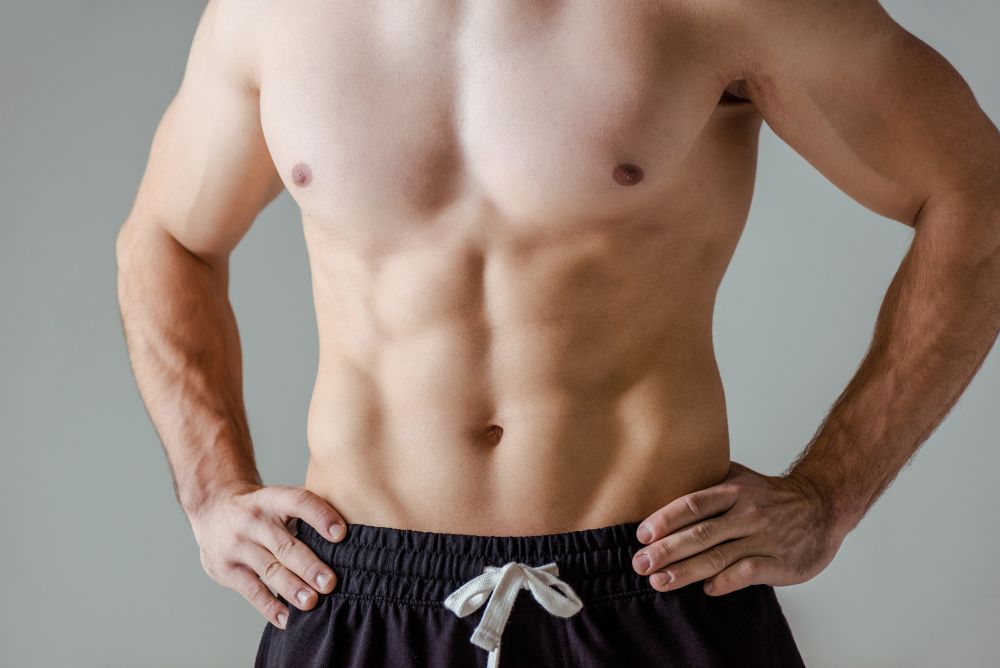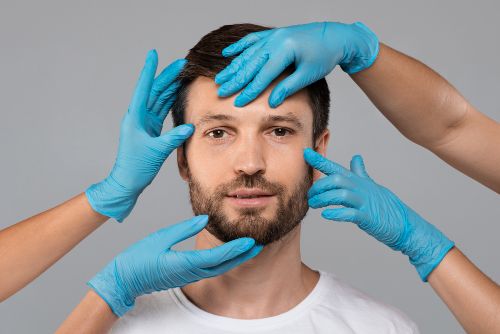
liposuction costs
liposuction procedure
Tumescent lipo is applied to the area of fat. The solution is usually 2 to 3. The solution is usually 2 or 3. This reduces the trauma to other cells. It uses local anesthesia and reduces blood loss and pain. This allows for smooth recovery.
Lipo permanently eliminates fat cells. It can also alter the appearance of your body.
Liposuction uses small cuts to remove excess fat cells. These lacerations, which are small and not easily visible, are often hidden so they are less obvious. You should receive after-care instructions to assist you in caring for your lacerations. These instructions will ensure that the lacerations heal without scarring.




